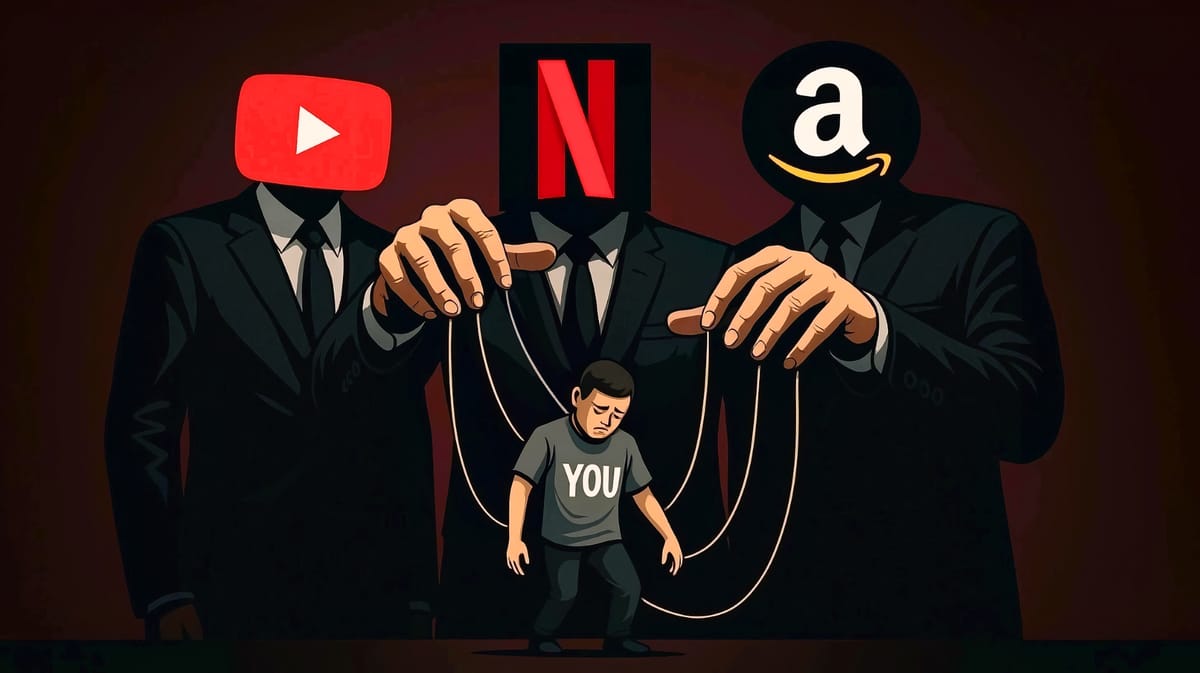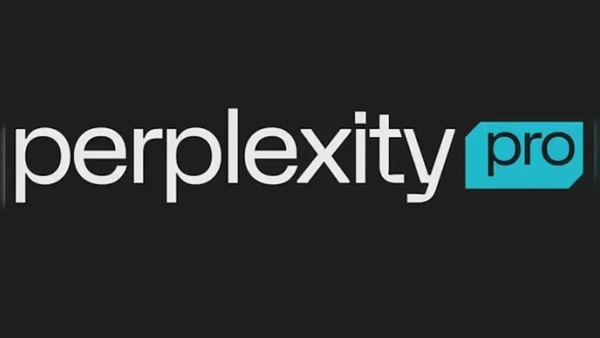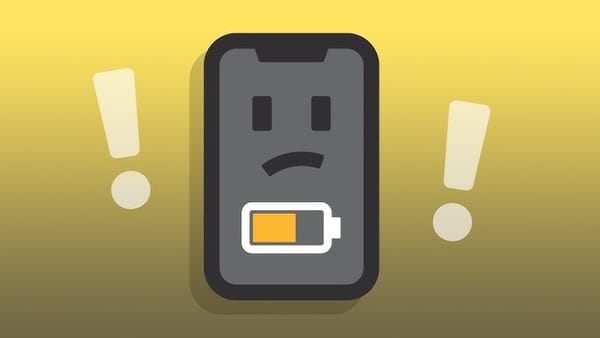Netflix, Ads, and the Death of Streaming: Paying More and Getting Less
Ads before, during, and after. Higher fees, lower quality, and nothing included. Streaming was supposed to be the future Netflix, YouTube, and Amazon Prime have turned it into a trap. This article exposes how far we’ve fallen and shows you how to fight back with intention, not inertia.

Streaming services like Netflix, Amazon Prime, and even YouTube have become increasingly parasitic, slowly warping the entire experience into something unrecognizable.
What once felt like a revolution, on-demand entertainment, no commercials, premium content, has now turned into a tedious rerun of everything we were trying to escape. And somehow, it’s worse.
These platforms are spoon-feeding us more ads, charging us more money, and giving us less in return.
It’s no longer just about watching shows; it’s about being mined for attention, interrupted constantly, and paying a premium for the privilege of being exploited.
Once hailed as the antidote to cable television, streaming has devolved into a grotesque imitation of it but with even more invasive monetization tactics.
We’re no longer just passive viewers. We’re targets.
Every second you spend watching is data to be harvested, attention to be sold, and every pause, skip, or binge is another point of leverage for ad algorithms to refine their grip.
This isn’t just business, it’s manipulation disguised as convenience.
Netflix, for instance, has gone full throttle in the United States, implementing its ad-supported model as the new standard for cost-effective access, while quietly testing variations of this system in other regions.
What began as a haven for uninterrupted, premium content has morphed into a service that charges you a subscription, tacks on more fees for higher quality, and still force-feeds you ads.
It’s a bait-and-switch at scale. For those who left cable to escape commercials, this feels like an outright betrayal, not to mention an erosion of consumer dignity.
You’re no longer paying for convenience or access, you’re paying to be inconvenienced.
Similarly, YouTube was once the promised alternative to traditional media, an open platform that empowered small creators, fostered independence, and offered viewers a direct connection to content without the heavy hand of network control.
It was the anti-streaming-service streaming service.
But as we explored in YouTube Became the TV It Was Meant to Replace, this original spirit has eroded. Videos today often feel like they’re engineered not to share a message or tell a story, but to hit monetization milestones.
Creators now bake ads directly into their content, in part because the platform encourages it, but also because it’s become a necessity to stay afloat.
It’s hard to pinpoint whether the platform or the creators are more to blame, but one thing’s clear: if a video is long enough, Google will almost certainly insert a midroll ad, if not several.
Add to that pre-rolls, post-rolls, sidebar ads, and algorithm-driven sponsorship pushes, and you’re looking at a machine that no longer pretends to care about user experience.
YouTube hasn’t just adopted the ad model it industrialized it.
And then there’s Amazon, which has taken a different, but no less insidious, route.
With Prime Video, they’ve created a streaming platform that appears straightforward, with one base price for access.
But that access defaults with ads baked in. If you want an ad-free experience, you have to pay extra.
Even more frustrating, if you already have Amazon Prime (for shopping and shipping), yes, Prime Video is included, but that doesn’t get you very far.
Most of the actual content is locked behind additional paywalls.
Whether it’s renting new releases, subscribing to extra channels, or buying entire seasons, the reality is this: you’re paying a premium fee just to be allowed to pay again.
It’s a shell of a service dressed as a bonus.
Let’s not forget Amazon’s other play, Twitch.
Much like Google’s acquisition of YouTube, Amazon’s purchase of Twitch was an attempt to dominate a different corner of the streaming world.
But Twitch, too, is drowning in ads.
You get hit with pre-roll ads before a stream even begins.
Creators can run mid-rolls whenever they want.
Ads can be injected automatically at set intervals.
You’ll find overlay ads, branded banners, and full-screen interruptions.
Even the streamers themselves are advertising, whether in the form of sponsored segments or constantly pushing their viewers to use a Prime subscription to unlock perks like emotes and, more importantly, ad-free viewing.
It’s a bizarre blend of creator and corporation conspiring to normalize ad saturation.
On Twitch, it’s nearly impossible to separate the content from the monetization.
Ads aren’t just interruptions anymore; they’re built into the structure of the platform itself, and somehow, they’ve managed to outdo even YouTube in their shamelessness.
This is the final straw. After bombarding you with ads, charging you premium fees, and segmenting content behind countless paywalls, they then turn around and give you less of what you originally came for.
The stories get thinner, the seasons shorter, and the endings always feel like setups for more.
It’s not about narrative anymore, it’s about engineered dependence.
They’re not just selling content.
They’re selling the illusion that there’s always something worth sticking around for.
And it’s nothing but a hoax.
One standout hit can quickly devolve into numerous spinoffs and additional seasons created solely to exploit popularity for profit rather than genuine storytelling.
The inevitable consequence: viewers end up with diluted content and subscription fatigue.
Given these frustrating trends, viewers must adapt and adopt smarter, more mindful streaming habits.
Taking Back Control of What You Watch
Enough with being spoon-fed ads while paying more and owning nothing. If there’s a way out of this mess, it’s through taking control intentionally, strategically, and unapologetically.
This isn’t just about saving a few bucks or avoiding annoyance.
It’s about rejecting the manipulation and reclaiming your role as a viewer with agency.
These aren’t just band-aid solutions; they’re also a quiet form of rebellion.
Method One is rotating subscriptions strategically. Yes, it still sends money to these platforms, but far less than they’re banking on.
Their entire business model hinges on inertia. They want you to forget your subscription exists, let it run year-round, and keep passively consuming whatever’s pushed.
Pay for the month of release, consume the content, and then cancel immediately.
This approach serves a dual purpose.
First, it ensures you’re paying only for what genuinely interests you, and second, it gives you a finite window to explore the platform’s other offerings without feeling permanently committed.
Should you discover other compelling content, you retain the flexibility to renew.
This strategy emphasizes mindfulness, intentionality, and targeted viewing, steering you clear of wasteful spending and passive consumption.
Another solution that appeals particularly to cinephiles is to revert to physical media.
It may seem archaic, but there’s something deeply satisfying about building a tangible collection of the films and shows that matter to you like we used to do before these services grew in popularity.
No buffering. No disappearing licenses. Just ownership.
Acquiring an affordable CD/DVD drive to transfer these movies onto your computer provides easy access anytime without recurring fees.
This approach reconnects you with tangible media, enhancing your appreciation for film and television as curated, treasured possessions.
Lastly, a highly underrated alternative is simply renting movies digitally from platforms like Apple.
It may seem counterintuitive to pay individually for rentals when subscription services exist, but rentals often cost just a fraction of a full subscription.
More importantly, renting restores the sense of occasion and intentionality reminiscent of visiting a physical video rental store.
Knowing that your rented movie has an expiration time creates a deliberate viewing experience you plan around it, perhaps inviting friends or family to enhance the moment.
The financial savings, coupled with the elevated viewing experience, make this approach both pragmatic and pleasurable.
In the face of rising ads, declining quality, and bloated pricing, these moves aren’t minor; they’re intentional acts of resistance. And together, they add up to one powerful message: you’re not just a consumer, you’re in control.
Ultimately, the rise of aggressive advertising, declining content quality, and increasing subscription fees means viewers must become more strategic.
By selectively rotating subscriptions, rediscovering physical media, or renting films individually, consumers can reclaim control of their entertainment, making viewing less about passive consumption and more about mindful, deliberate enjoyment.



